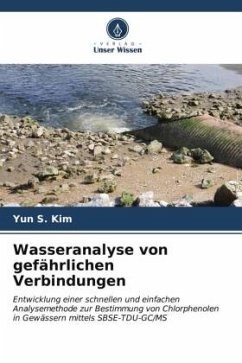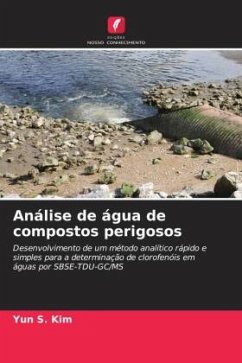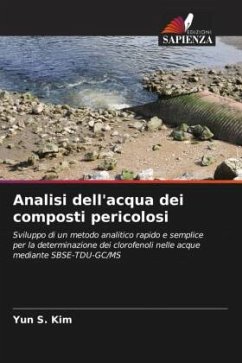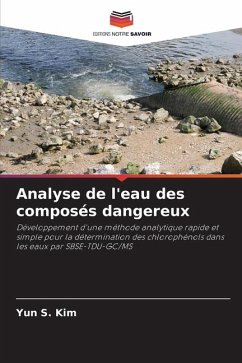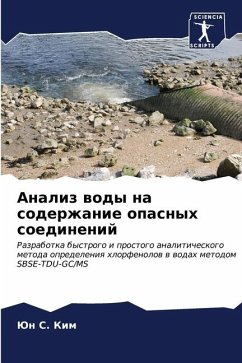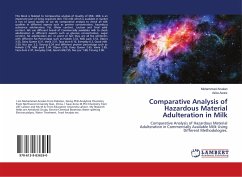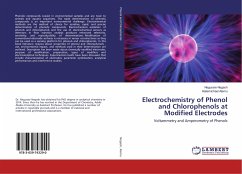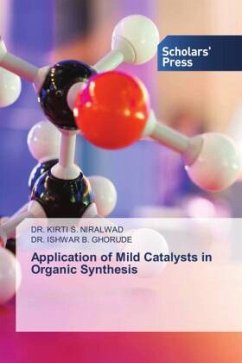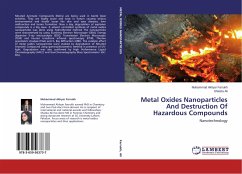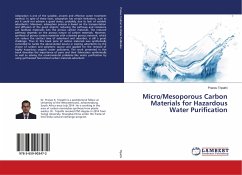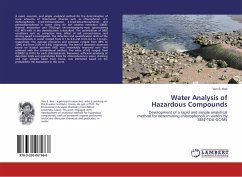
Water Analysis of Hazardous Compounds
Development of a rapid and simple analytical method for determining chlorophenols in waters by SBSE-TDU-GC/MS
Versandkostenfrei!
Versandfertig in 6-10 Tagen
15,99 €
inkl. MwSt.

PAYBACK Punkte
8 °P sammeln!
A rapid, accurate, and simple analytical method for the determination of trace amounts of chlorinated phenols such as chlorophenol, 2,4-dichlorophenol, 2,4,6-trichlorophenol, 2,3,4,6-tetrachlorophenol, and pentachlorophenol in water using stir bar sorptive extraction (SBSE)-thermal desorption unit (TDU)-gas chromatography-mass spectrometry (GC-MS) with in situ derivatization is described. The optimization of SBSE conditions such as, extraction time, effect of salt concentration, and stirring speed is investigated. The detection and quantification limits of the chlorophenols in water ranged fro...
A rapid, accurate, and simple analytical method for the determination of trace amounts of chlorinated phenols such as chlorophenol, 2,4-dichlorophenol, 2,4,6-trichlorophenol, 2,3,4,6-tetrachlorophenol, and pentachlorophenol in water using stir bar sorptive extraction (SBSE)-thermal desorption unit (TDU)-gas chromatography-mass spectrometry (GC-MS) with in situ derivatization is described. The optimization of SBSE conditions such as, extraction time, effect of salt concentration, and stirring speed is investigated. The detection and quantification limits of the chlorophenols in water ranged from 0.1 to 0.6 and from 0.4 to 1.8 ng/L, respectively. The average recoveries and precision ranged from 98% to 109% and from 2.0% to 6.6%, respectively. The level of detection observed based on hazard quotient (HQ) was remarkably improved over that achieved with the conventional method. The value of HQ ranged from 0.00002 to 0.001 for each chlorophenols. Moreover, sufficient sensitivity of detection limits and quantitative limits for chlorophenols in water, drinking and river samples taken from Korea, was estimated based on the probabilistic risk assessment in this work.



